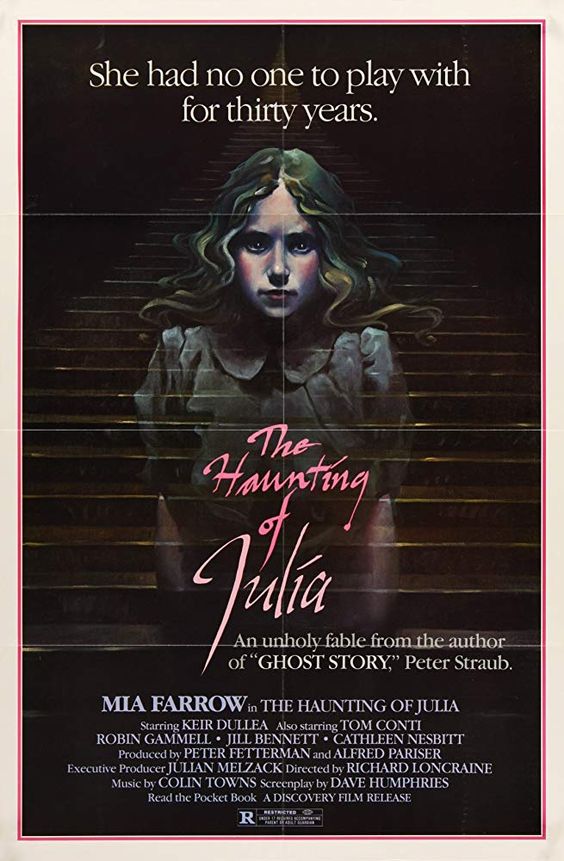
The 70’s was undoubtedly the heyday for horror cinema, with some well known masterpieces such as Alien, The Exorcist, Suspiria, etc. Still, there were quite a few of them that were just as good, but didn’t get the recognition they deserved, and are still quite obscure today. “Full Circle”, or as it is better known under it’s US title “The Haunting of Julia”, is one of these cases.
In many ways a hybrid of Nicolas Roeg’s “Don’t Look Now” and Mario Bava’s “Kill Baby … Kill”, is a slow-burning, intelligent horror film that genuinely scares the Hell out of you. Director Richard Loncraine goes for a stylish yet subtle approach at a somewhat old-fashioned ghost story formula, without resorting to ‘in your face’ scares that were popular at the time. While it does open with a bang and ends with a bang (probably the films’ most powerful and haunting sequences), Locraine goes instead for an interesting psychological analysis of a grieving mother’s crisis over her daughter’s death. Staring with small things that go grow more and more nasty as the story progresses, and the line between fantasy and reality becomes more and more blurry, The events that go on through the film may well be figment of her imagination, and the fact that, by the film’s shocking climax, you still don’t know for sure if it did happen at all, only adds to it’s creepiness and strange atmosphere.
It’s snail-like pace works both for and against it, as some might find it particularly fascinating and delightfully unnerving, while others might find it dull and uninteresting. In fact, it does move a little too slow for it’s own sake, but Mia Farrow’s gripping, strong performance and Locraime’s visual flourishes help it from becoming uninteresting. Speaking of visuals, the film is beautifully photographed by Peter Hannan, but sadly it does show it’s full aesthetic power in the bad VHS print it’s available on. Nevertheless, one can still see it’s impact on the film, particularly on making the wintry streets of London and the old-dark-house setting even more menacing.
The film also benefits from having a lovingly melancholic and often genuinely spooky score by Colin Towns, which blends perfectly with it’s visual brilliance, as well as perfectly capturing the characters’ emotions.
